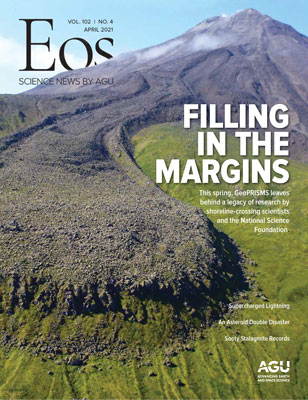Advancing Scientific Ocean Drilling Impact through Public Engagement
Meeting: June 22 and 24 via Zoom
Great knowledge comes from the deep. People around the world recognize the wonders and ponder the mysteries that lie beneath the the ocean floor. As an expert in your community, we encourage you to apply to participate in a two-day virtual workshop. Join us in discussions that will help shape the future of ocean discovery and scientific outreach. It is important that people with a wide range of perspectives and from many different communities participate in these discussions, whether or not you are currently familiar with scientific ocean drilling. We will all emerge with a better understanding of how knowledge and discovery of the ocean floor (as well as what lies below the ocean floor!) affects different communities, directions we need to move in for future exploration, and potential exciting partnerships between seafloor scientific exploration and organizations in your part of the world. No matter where you live, discover the ocean in you!
Want to know more? Read the workshop overview page.
Application deadline: May 17. Apply to participate in this workshop.
Workshop Conveners
Sharon Cooper, Lamont Doherty Earth Observatory, USSSP
Lisa White, University of California Museum of Paleontology
Jonathan C. Lewis, Indiana University of Pennsylvania, Geoscience Department
Randi Wold-Brennon, Texas Tech University/Hawai’i Academy of Arts & Science

